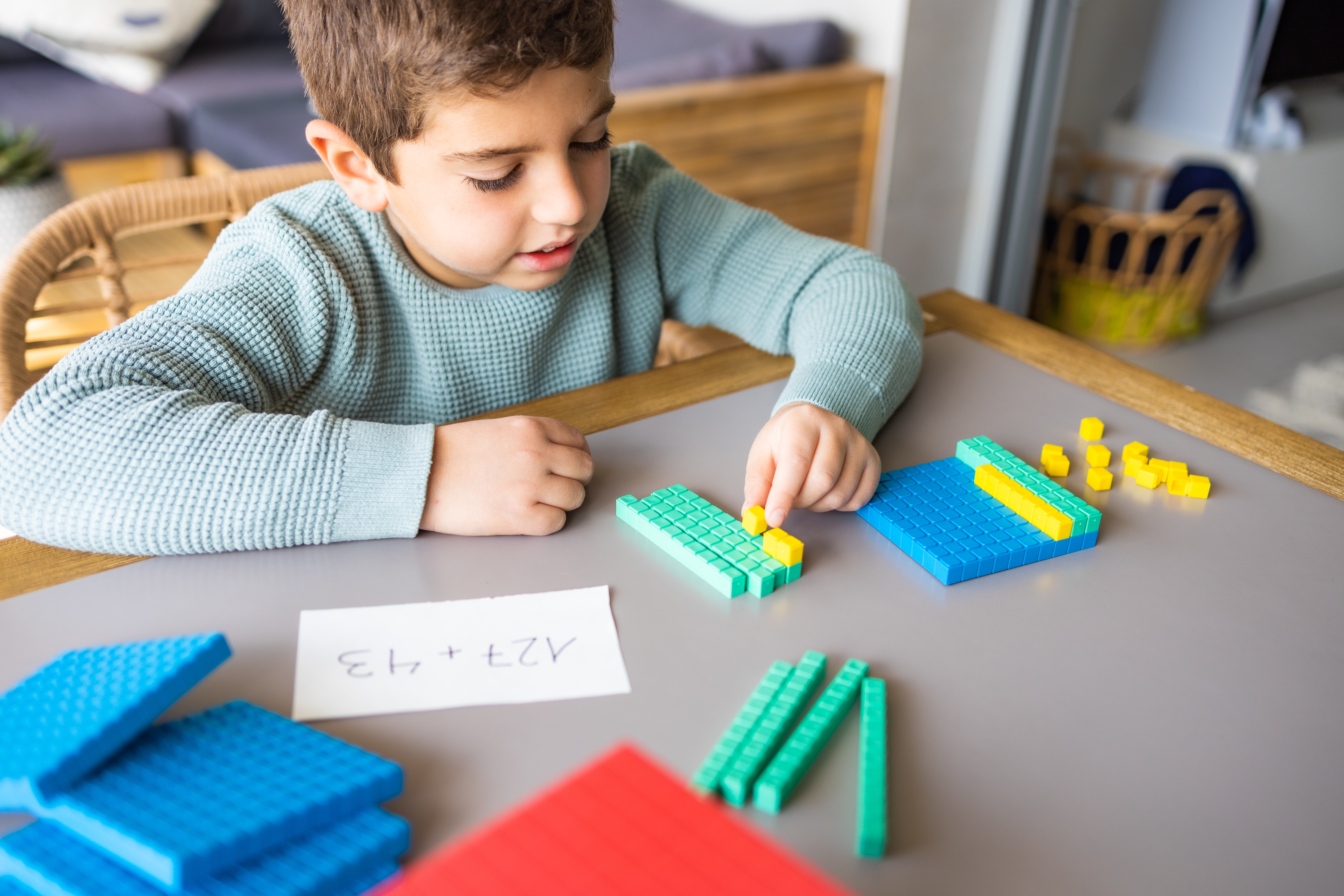
Is this question out of the norm? Not exactly, in my view. This trend started years ago, from as early as 2015. What may seem novel then, is actually par for the course for the PSLE Mathematics paper now. Every year, we are almost certainly bound to see at least one question like this.
A check with SEAB’s syllabus indicates that one of the objectives for the Primary school Mathematics curriculum is for the pupils to be able to “develop ability to perform estimation”. Thus, this question still falls within SEAB’s syllabus guidelines.
General Knowledge and the Outside World
What we can learn from this is that we should expose our children more to the outside world so that they can acquire basic general knowledge which will be useful in their future endeavours. Have we ever wondered what would happen if our children were given a chance to explore?
How can they estimate if they are not familiar of everyday items like coins which they need for buying food every day? To give an everyday example, do most students know how much water are they bringing to school (as in the volume of their water bottle) and how much are they consuming daily?
The school is limited in its ability to provide real life scenarios for every aspect of learning. The next stakeholder in our children’s education is the family, and we should provide more exposure to our children in our daily routine. Mathematics is all around us and let’s make full use of it!
Cupcakes and Mathematics
The weekend just before the 2015 PSLE, I recalled proposing making cupcakes with my P6 girl then (oh, how time has flown!) to help her relax and not be too stressed. It was a first attempt for both mother and child and thus we had a hands-on experience throughout the whole process from the purchase of the ingredients right down to baking and washing.
I involved her in the purchase of the ingredients. We discussed whether to buy a 1-kg packet of flour or a 500 g packet; a 200 g packet of sugar or a 500 g packet. She rationalised that we had to purchase the bigger packets because it was our first attempt at baking and the probability of failure was quite high!

Real World Application of Mathematics
Through this process, my child learnt “how much exactly” 150 g of flour is. She understood that a packet of 500 g of sugar weighs “so much” as she totally had no inkling how heavy 500 g actually was prior to baking. During our baking process, we found that 150 g of flour allows us to make about 15 cupcakes. She learnt that each cupcake requires approximately 150 g ÷ 15 = 10 g of flour.
Thus, she could relate back to this instance while attempting the coins question and rationalise that the answer could not be 6 g (which is too light) or 6 kg (which will be the weight of 12 packets of sugar!). It was quite unlikely 600 g too as that would mean the 8 coins would be much heavier than a packet of 500 g of sugar which she personally chose and carried at the supermarket.
Most importantly, my child got to enjoy baking as well as learn about different subjects such as Mathematics (approximation and calculation), Science (heat change), and even experience Critical Thinking (the thought process)!

How to engage children in Mathematics
I encourage parents to involve our children in household chores like grocery shopping. Many supermarkets like NTUC Fairprice provide weighing stations for shoppers to weigh the amount of vegetables and fruits they wish to buy and provide information about their respective pricing.
When we buy vegetables like carrots, encourage the kids to learn how to choose the “better” ones and to have a hands-on experience of the weighing process at the self-service weighing kiosk. They learn the weight of 4 carrots (since they carry and weigh them) and the cost of 4 carrots.
According to the United States Department of Agriculture, the average weight of a carrot varies between 50 and 72 grams, depending on its length. A medium-sized carrot weighs about 61 grams. Assuming the mass of each carrot is approximately 60 g, she can figure out mentally that:
ü 1 kg = 1000 g
ü 1000 g of carrots costs $8
ü 1000 g ÷ 4 = 250 g (which is quite close to the weight of 4 carrots: 4 × 60 g = 240 g)
ü $8 ÷ 4 = $2 (price of 250 g of carrots)
Children get to learn about the topics on Whole Numbers, Mass and Money in the process, and of course not forgetting about the nutritional value of the food we purchase.
So involve your children in your daily routine and you’ll be surprised how much Mathematics they can learn!